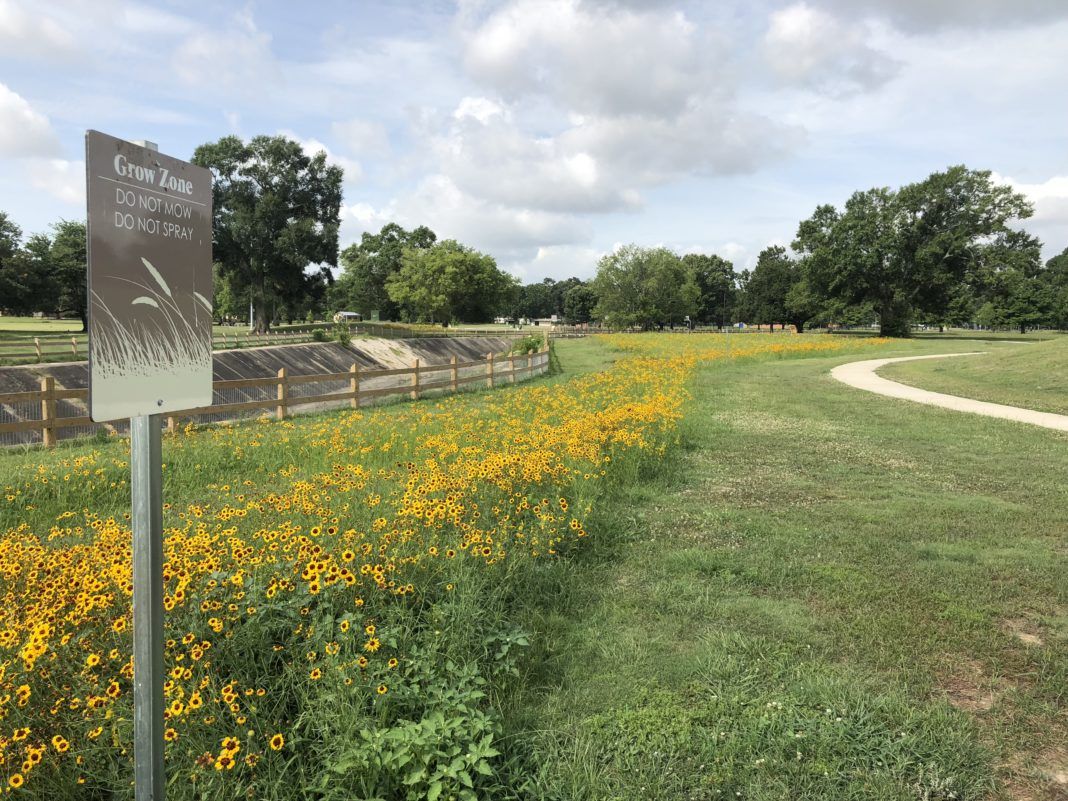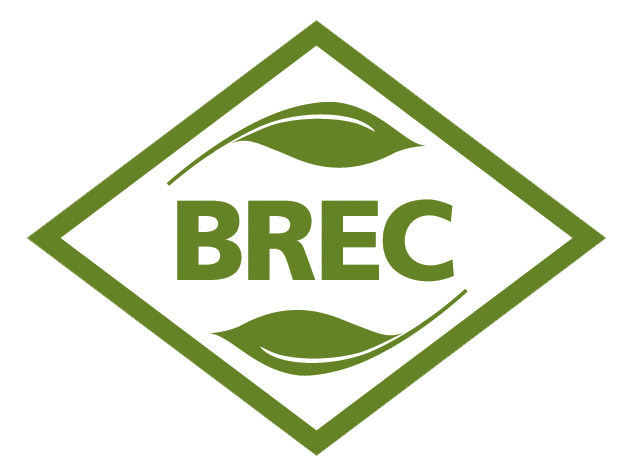In the past few years, downpours have produced enough rainfall to completely flood city streets, overwhelm drainage systems, and inundate homes and businesses. Healthier habitats with high biodiversity result in land that can better withstand natural disasters like hurricanes and floods.
To help prevent future flooding, BREC Conservation has recently embarked on several projects—applying techniques useful to businesses and residences alike, aiming to protect their properties. In 2019, BREC created a new division, the Natural Resource Management Division, dedicated to managing and protecting natural resources. The agency now has a staff dedicated to collecting data and developing ecological assessments of park habitats, managing invasive species, planning and managing hiking trails, surveying the parks and expanding the Green Force Volunteer Program. For more information on local conservation, click here and follow @BRECConservation for video updates on local conservation efforts.
Grow more—Flood less
Grow zones are a form of erosion control and storm water retention/flood abatement known as Bioretention. They increase a property’s flood abatement potential while reducing erosion, providing native habitat, good for pollinators and beautifies the property. See it in action—BREC currently has 1 acre in its second year at Howell Community Park and four more acres being prepared for seeding in the fall. The agency has also seeded a ¼ acre at Cunard Park in Baker for its first season and another ½ acre is being prepped for seeding in the fall. These Grow Zones, along with a variety of other efforts, such as dry and wet retention, land conservation, bioswales and other innovative practices are all part of BREC’s drafted Resiliency Strategy. This proposed plan, a system-wide endeavor to lower maintenance costs, use natural systems for storm-water management and add ecological significance to BREC parks, will not only aid in increasing property value of areas surrounding parks but will also protect them. Just as a business has to pilot new ideas, BREC is currently testing out the best practices to achieve these goals.
According to the National Recreation and Park Association, along with improving the local tax base and increasing property values, reducing costs associated with storm water retention facilities is one of the largest ways that local parks can provide economic value to a community. BREC hopes that by setting a standard for how to handle these parish-wide dilemmas such as flood abatement and storm resiliency with ecologically friendly solutions, more bussiness’ will follow suite where applicable on their property.
Get involved—then utilize what you learn
BREC offers volunteer opportunities for businesses, clubs and organizations. Learn firsthand with beautification projects in parks like the wildflower grow zones. Volunteering with BREC increases the quality of living in the parish and lead to a more vibrant, engaged community. The agency also offers a variety of citizen science projects that allow the public to get involved and conduct real research in BREC parks. Click here to learn more.


 GET DAILY REPORT FREE
GET DAILY REPORT FREE





